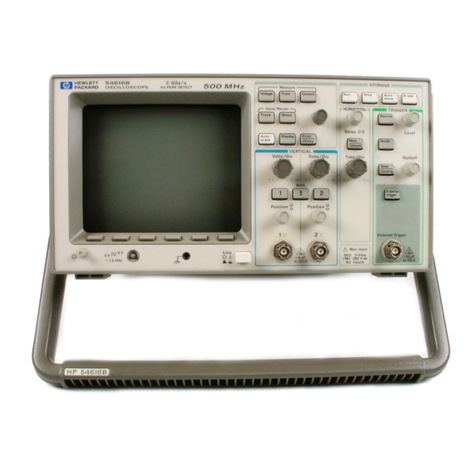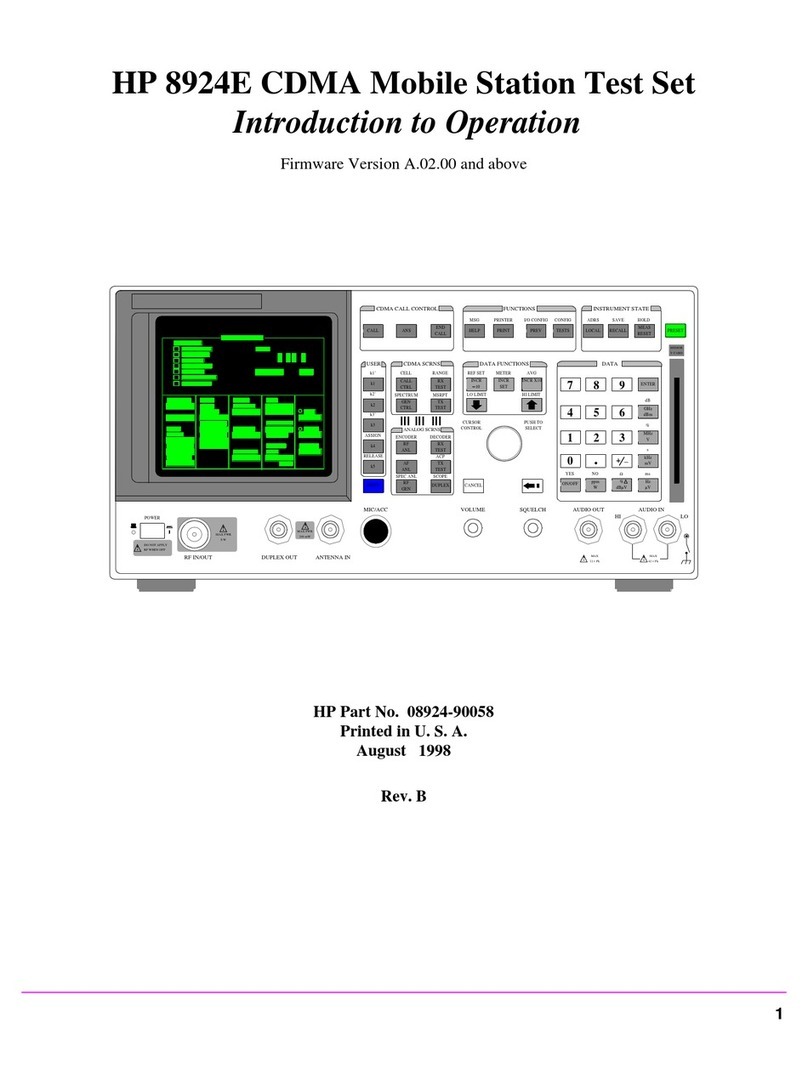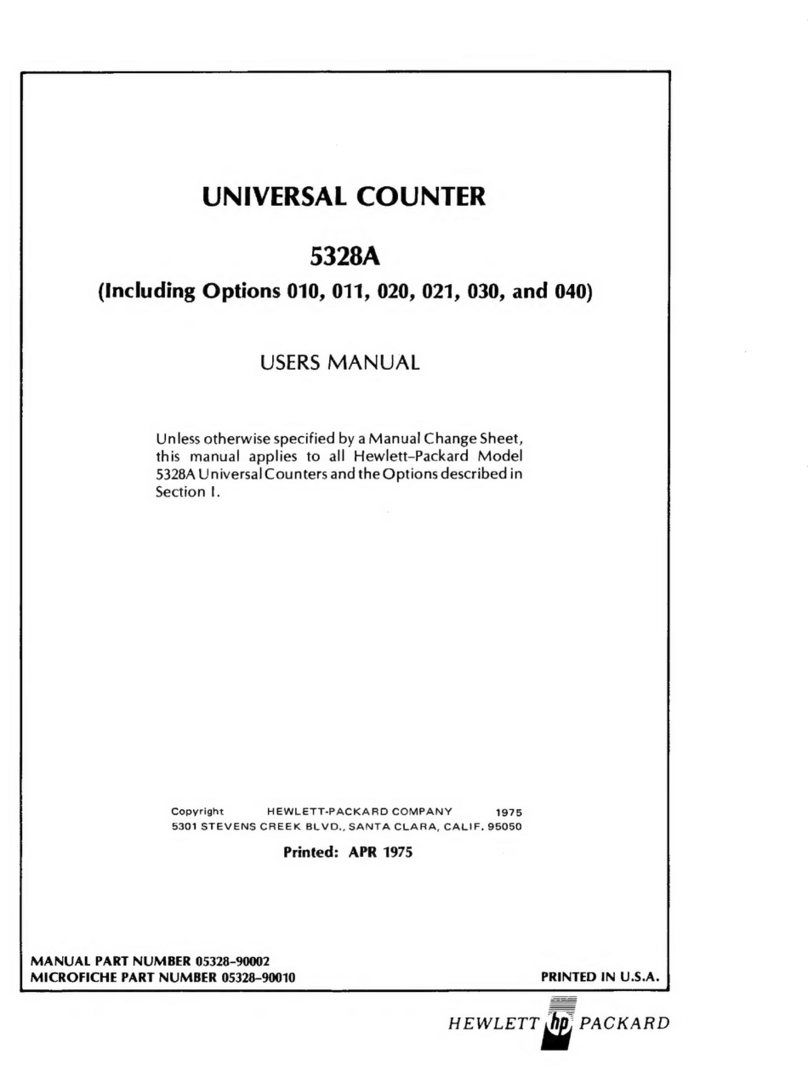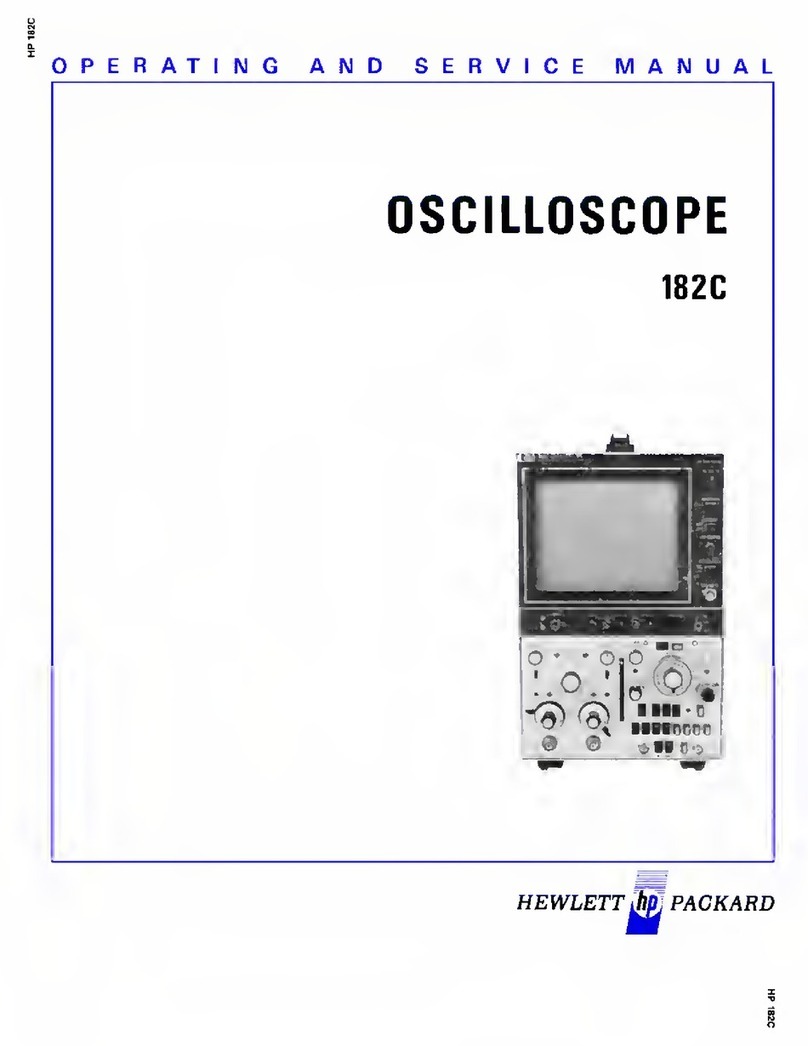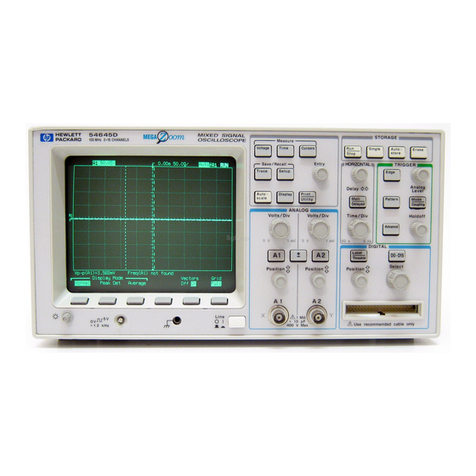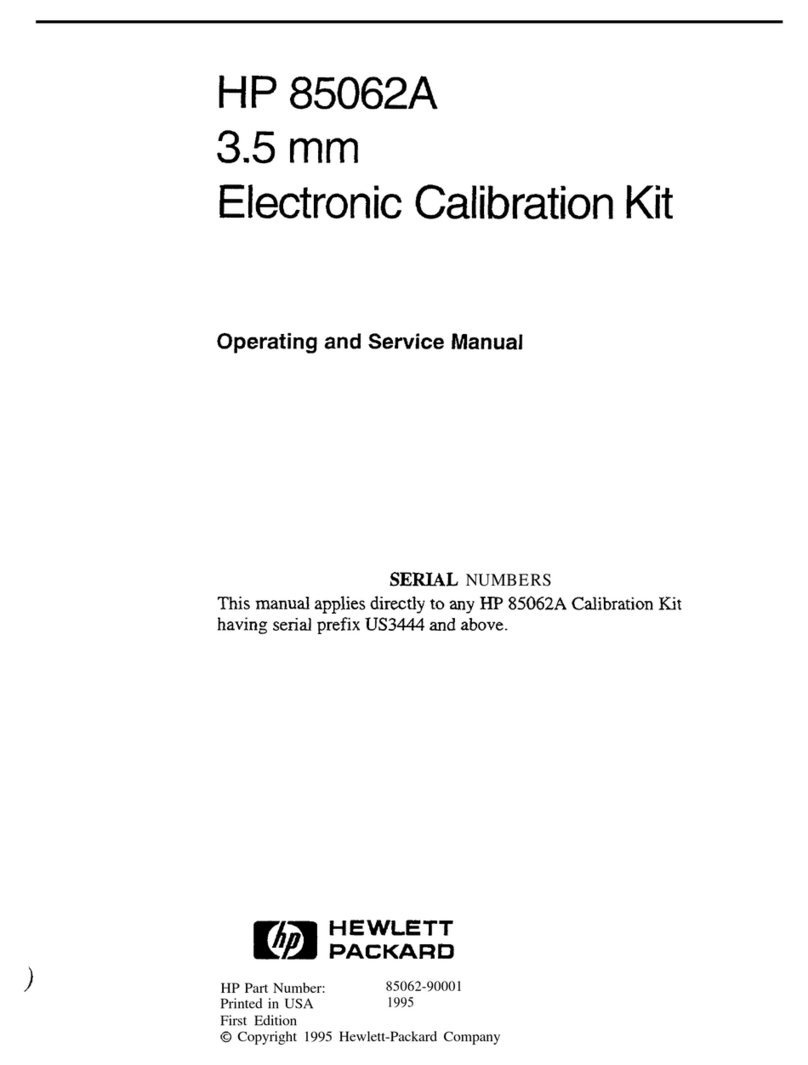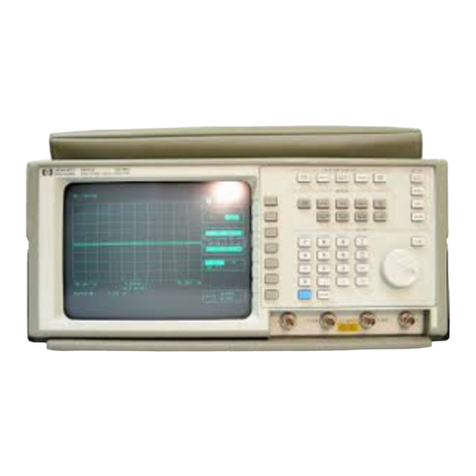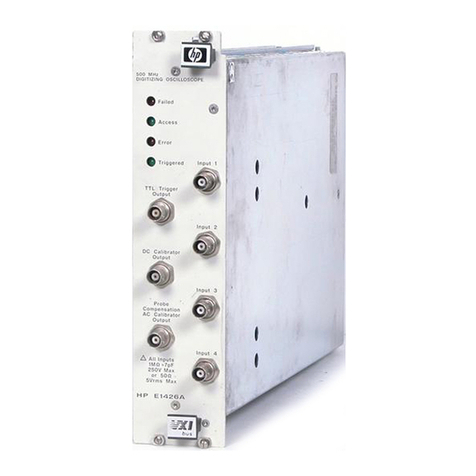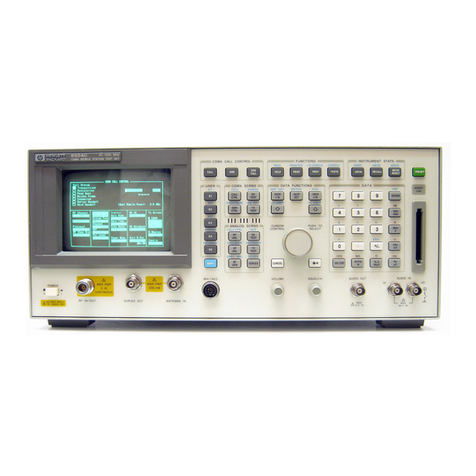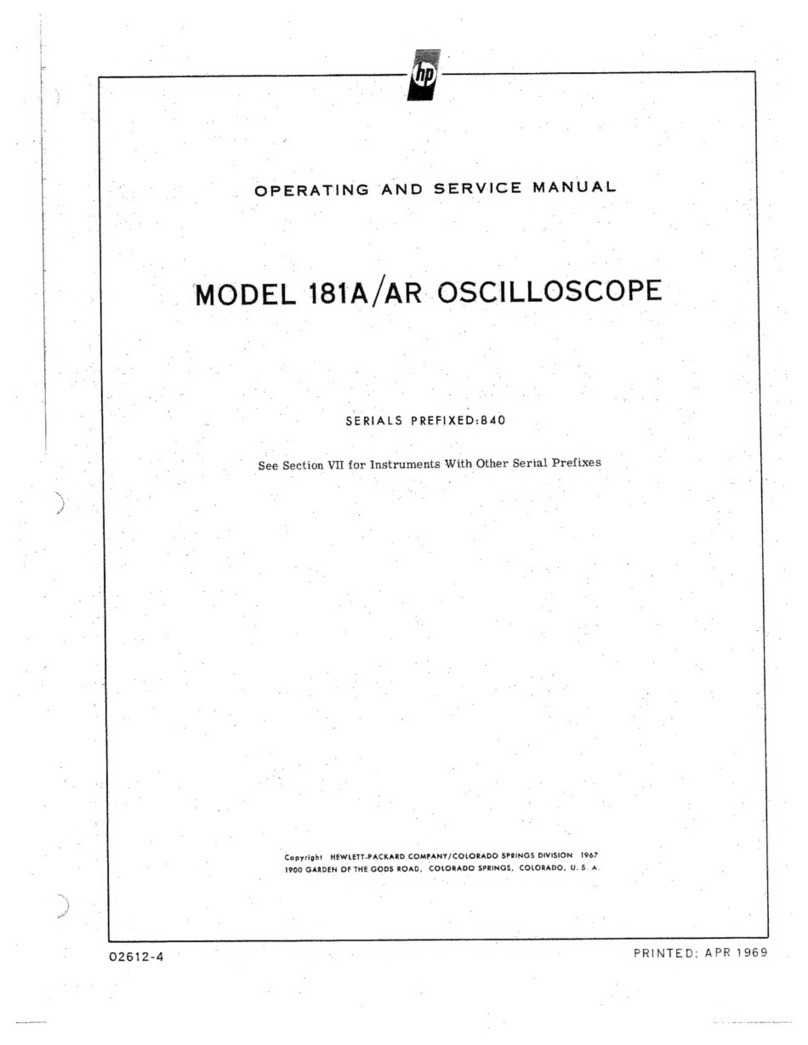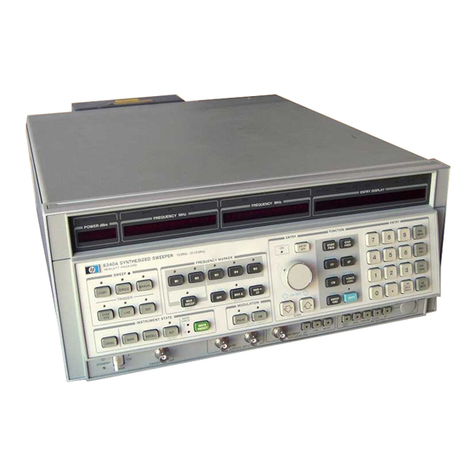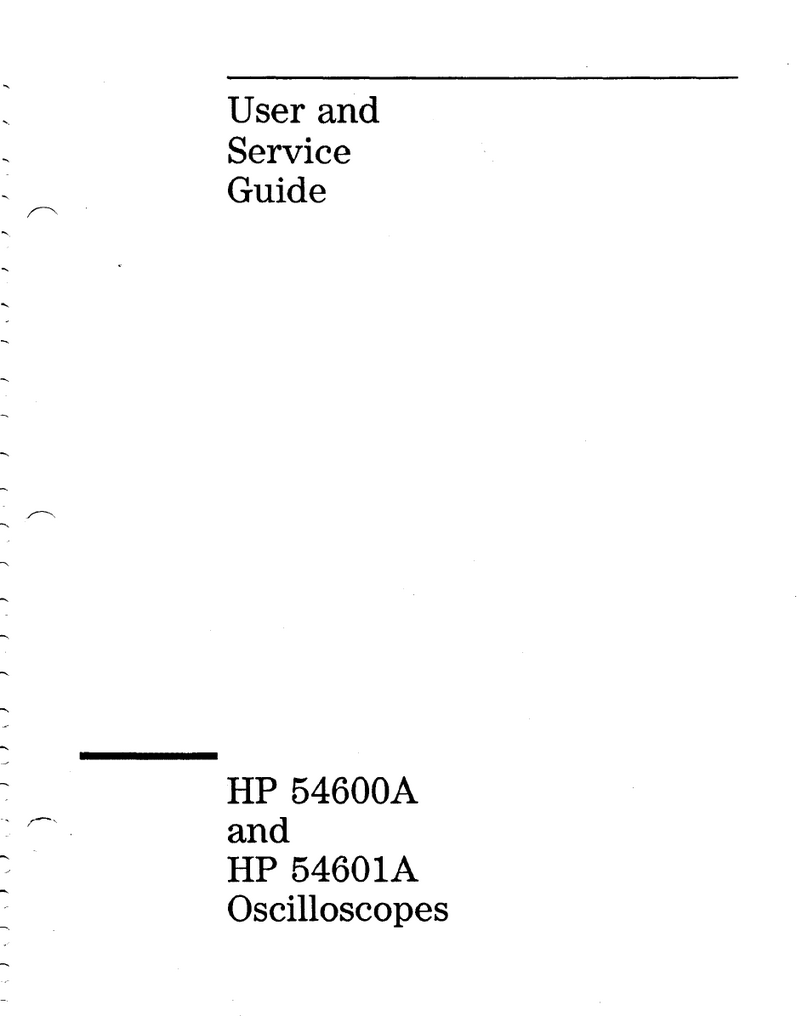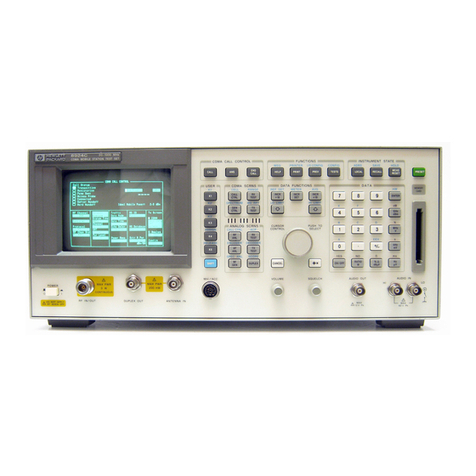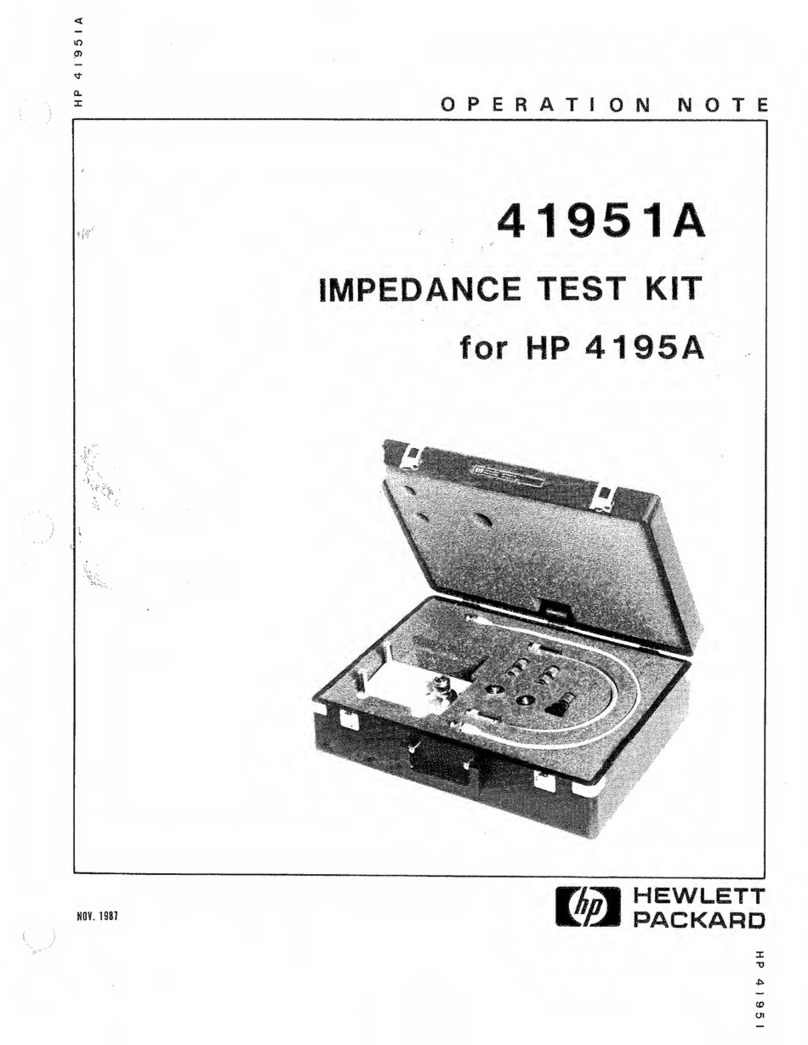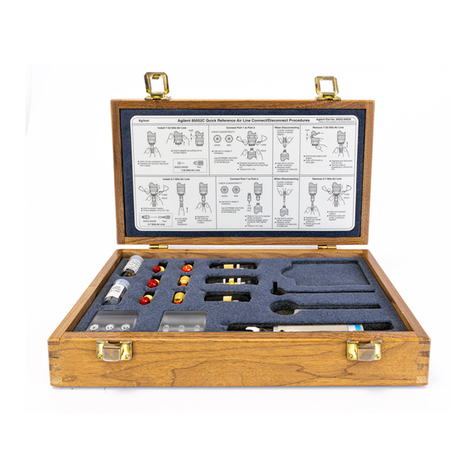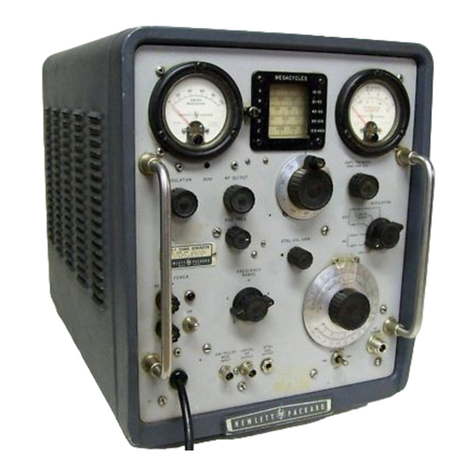
Model
1740A
Table
of
Contents
TABLE
OF
CONTENTS
|
Section
Page
Section
Page
I
GENERAL
INFORMATION
..............
1-1
4-33.
Preamplifier
Stage
..............
4-2
4-41.
Preamplifier
Controls
...........
4-4
1-1.
Introduction
......................
1-1
4-53.
Delay
Line
Assembly
...........
4-5
1-5.
Specifications.....................
1-1
4-54,
Vertical
Output
Amplifier
.......
4-5
1-8.
Accessories
Supplied
..............
1-1
4-56.
Horizontal
Section
................
4-5
1-10.
Accessories
Available
.............
1-1
4-57.
Main
Trigger
Circuitry
..........
4-5
1-12.
Options..............000.......00.
1-1
4-64.
Main
Sweep
and
Integrator
.....
4-6
1-14.
Instrument
and
Manual
4-69.
Delayed
Trigger
Operation
......
4-7
Identification
.................
1-1
4-70.
Delayed
Sweep..................
4-7
4-71.
Horizontal
Display
Switch
IIT
INSTALLATION
.........................
2-1
Assembly
..............2..00...
4-7
4-76.
Horizontal
Preamplifier
.........
4-7
2-1.
Introduction
......................
2-1
4-79,
Horizontal
Output
..............
4-8
2-3.
Initial
Inspection
.................
2-1
4-80.
Gate
Amplifier
Assembly
.........
4-8
2-5.
Power
Cords
and
Receptacles
.....
2-1
4-88.
High-voltage
Power
Supply
.......
4-8
2-7.
Power
Requirements
..............
2-1
4-96.
Low-voltage
Power
Supply
........
4-9
2-10.
|
Repacking
for
Shipment
..........
2-1
4-98.
+15-volt
Supplies
................
4-9
4-101.
+5-volt
Supply.............0.....
4-9
III
OPERATION....................0..000...
3-1
4-102.
+120-volt
and
+43-volt
Power
Supplies
...............
4-9
3-1.
Introduction
......................
3-1
4-105.
Floodgun
Filament
Voltage
....
4-10
3-3.
Turn-on
Procedure
................
3-1
4-106.
Line
Frequency
................
4-10
3-5.
Operator
Checks
..................
3-1
4-107.
Option
101..............00.......
4-10
3-12.
Trigger
Selection
Table
.........
-.
&2
3-13.
Obtaining
Basic
Displays.........
3-2
V
PERFORMANCE
TESTS
AND
3-15.
|
Normal
Sweep
Display............
3-2
ADJUSTMENTS
.......................
5-1
3-16.
|
Magnified
Sweep
Display
.........
3-3
*»
3-17.
Delayed
Sweep
Display
...........
3-3
5-1.
Introduction
......................
5-1
3-18.
Mixed
Sweep
Display
.............
3-3
5-3.
Recommended
Test
Equipment....
5-1
3-19.
X-Y
Display.......0..0............
3-4
5-5.
Test
Record.................0..005.
5-1
3-20.
Single
Sweep
Operation
...........
3-4
5-7.
Performance
Tests
................
5-1
3-23.
Single
Sweep
Using
Trigger
5-9.
Initial
Control
Settings
...........
5-1
VIEW
Ket
Aone
ids
Baden
tate
catek
3-4
5-11.
Performance
Test
Procedures......
5-1
5-12.
Bandwidth......................
5-1
IV
PRINCIPLES
OF
OPERATION...........
4-1
5-15.
Common
Mode
Rejection
Ratio..
5-3
5-17.
Triggering
..................000.
5-4
4-1.
Introduction
......................
4-1
5-22.
Sweep
Time
Accuracy...........
5-5
4-3,
Vertical
Section
Block
Diagram...
4-1
5-24.
Differential
Time
Accuracy......
5-6
4-4,
Input
Attenuators...............
4-1
5-26.
Delay
Jitter.....................
5-6
4-5.
Vertical
Preamplifier............
4-1
5-28.
Rise
Time...................000.
5-7
4-6.
Delay
Line......................
4-1
5-30.
Z-axis
Blanking.................
5-7
4-7,
Vertical
Output
Amplifier
.......
4-1
5-32.
Deflection
Factor
...............
5-7
4-8.
Horizontal
Section
Block
5-34.
Calibrator
.................0.....
5-8
Diagram........................
4-1
5-36.
Adjustments
...................0..
5-8
4-9,
Trigger
Circuit..................
4-1
5-40.
Low-voltage
Power
Supply
4-11.
Sweep
and
Integrator
Circuit....
4-1
Adjustment
...................
5-8
4-13.
Holdoff
Circuit..................
4-1
5-41.
Intensity
Limit
Adjustment
.....
5-9
4-14,
Horizontal
Preamplifier
.........
4-1
5-42.
Astigmatism
and
Focus
4-15.
Horizontal
Output
..............
4-]
Adjustment
...................
5-9
4-16.
Gate
Circuitry
....................
4-1
5-43.
Gate
Response
Adjustment......
5-9
4-18.
High-voltage
Power
Supply
.......
4-2
5-44,
Floodgun
Grid
Adjustment
......
5-9
4-22.
Low-voltage
Power
Supply
........
4-2
5-45.
Trace
Align
and
Y-axis
4-25.
Circuit
Details
..........0.0.......
4-2
Align
Adjustments............
5-9
4-27,
Attenuator
Assemblies
............
4-2
5-46.
Trace
Align
and
Y-axis
Align
4-28.
General
Information
............
4-2
Adjustments
-
OPTION
101...
5-9
»
4-29,
Input
aceccs
cond
ee
ace
eins
lochs
4-2
5-47,
Calibrator
Amplitude
4-30.
Attenuator
Stages...............
4-2
Adjustment
...................
5-9
431.
Vertical
Section.
..................
4-2
5-48.
Trigger
Sensitivity
Adjustment.
5-10
4-32.
General
Information
............
4-2
5-49.
Sync
Zero
Adjustment
.........
5-10
il












